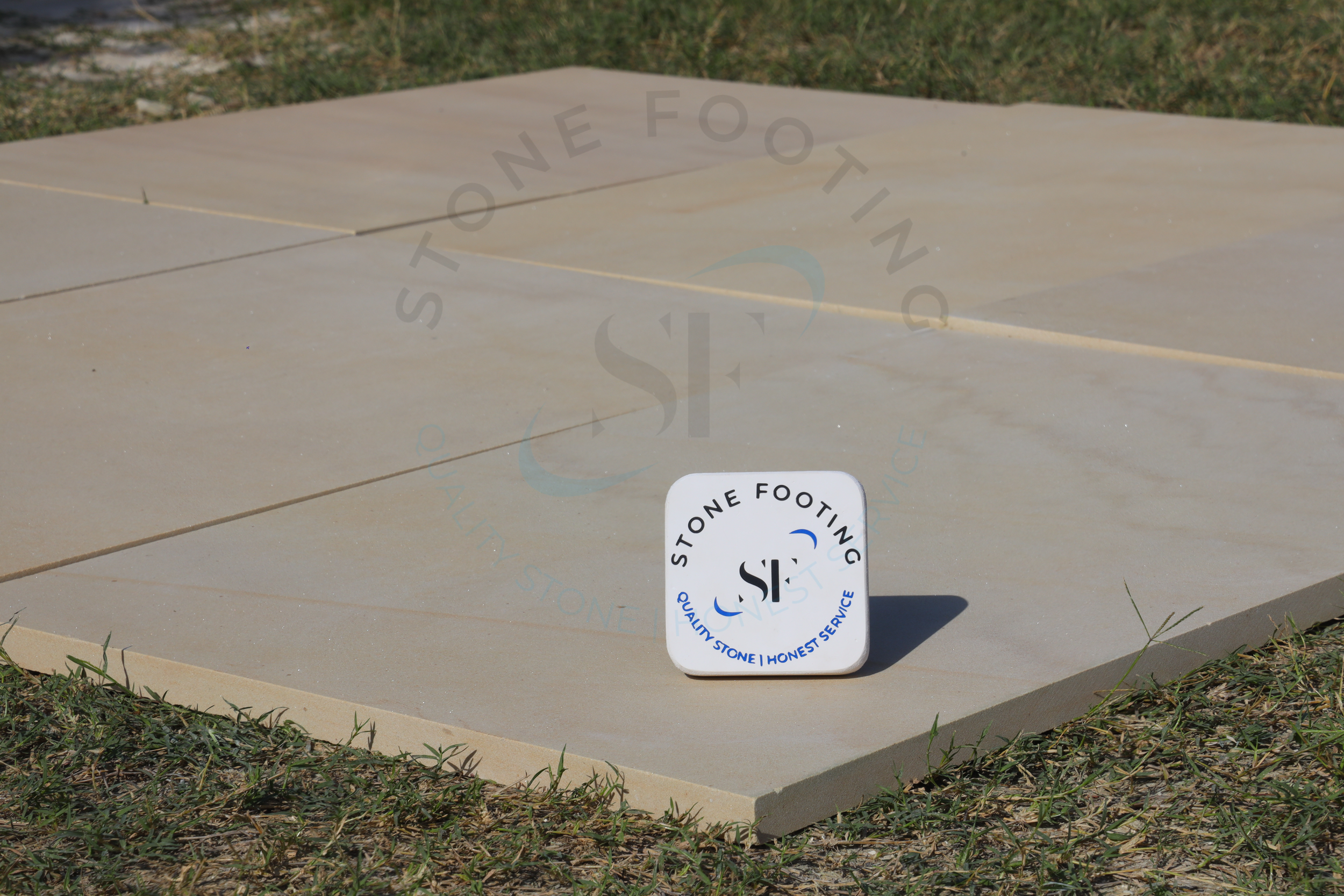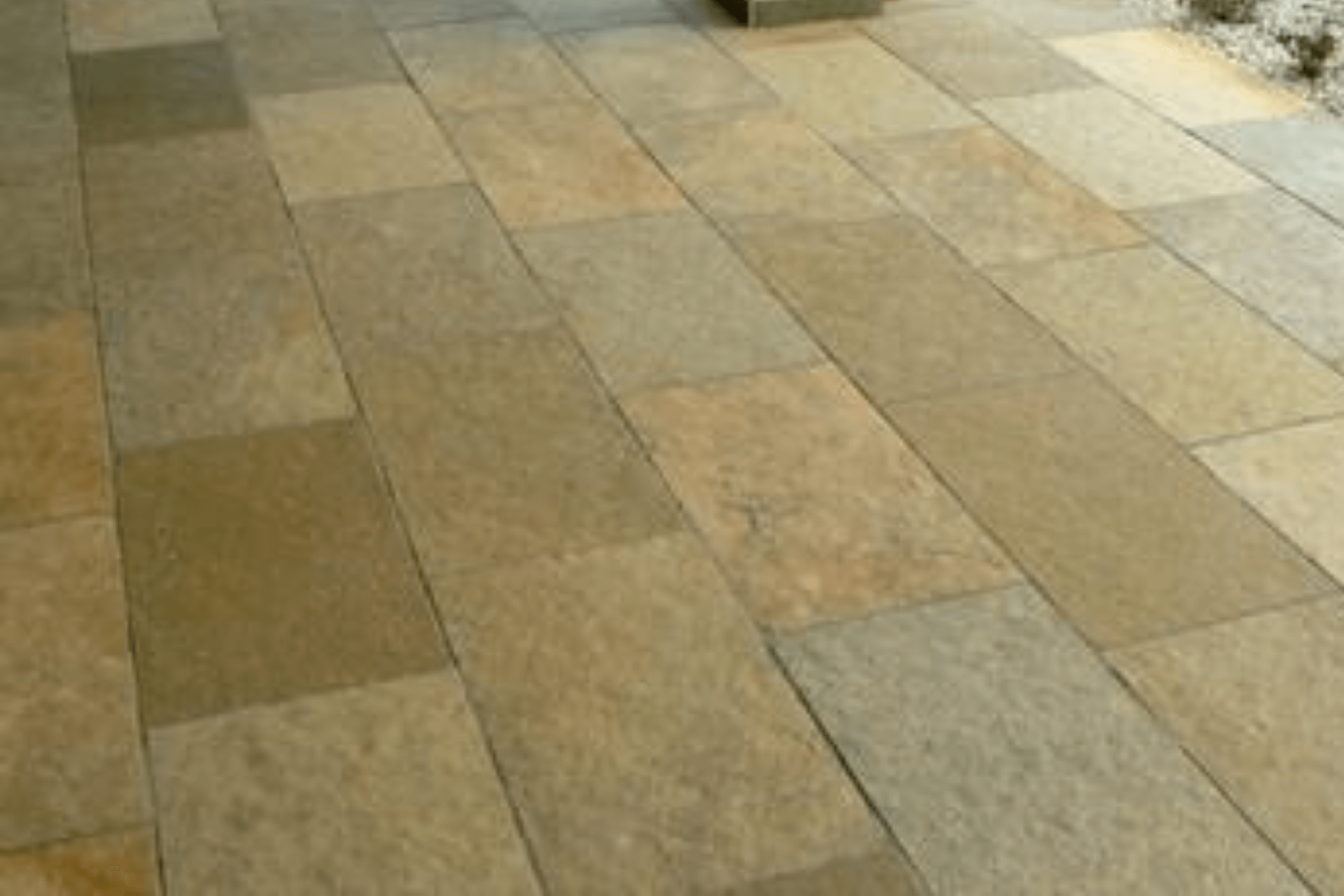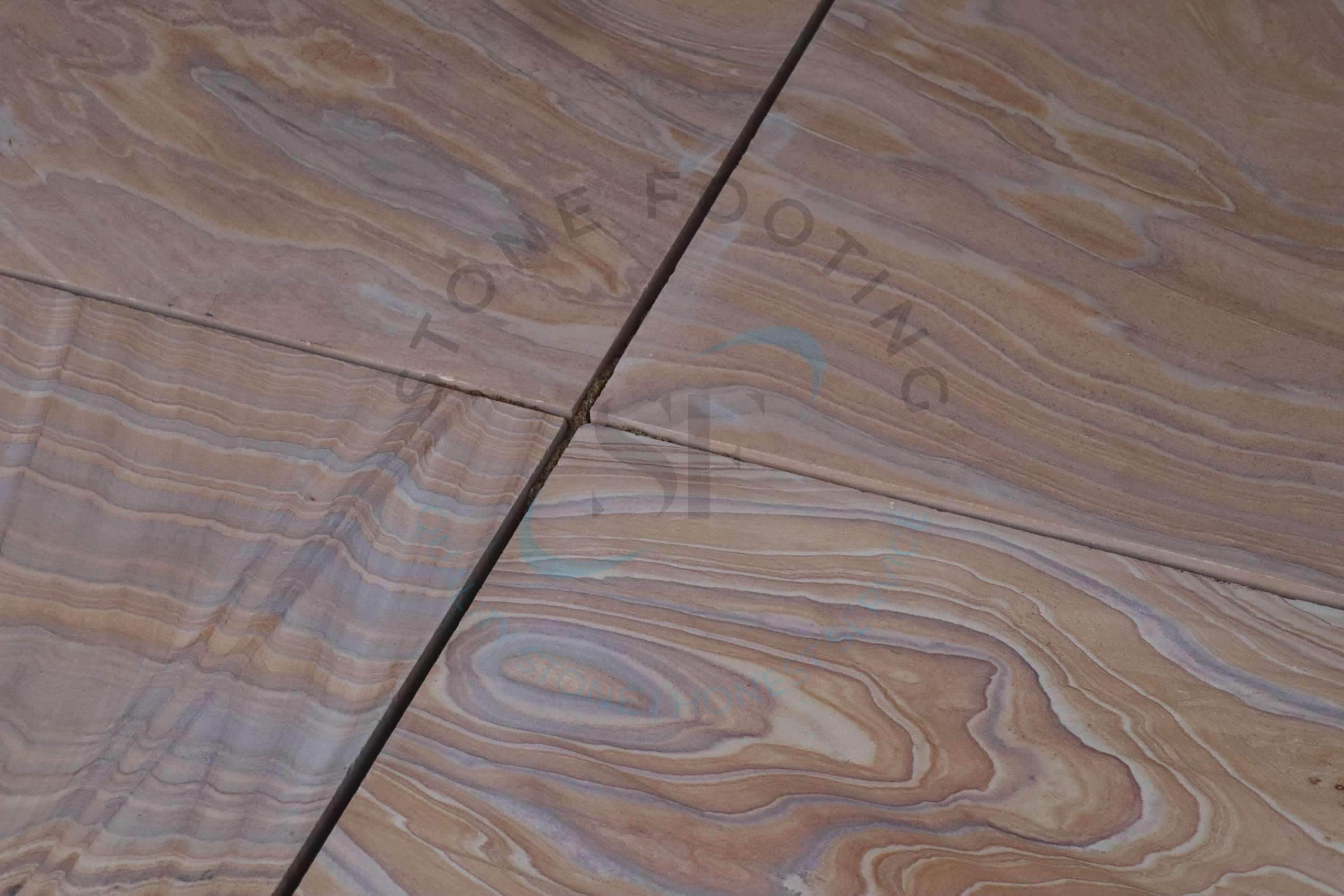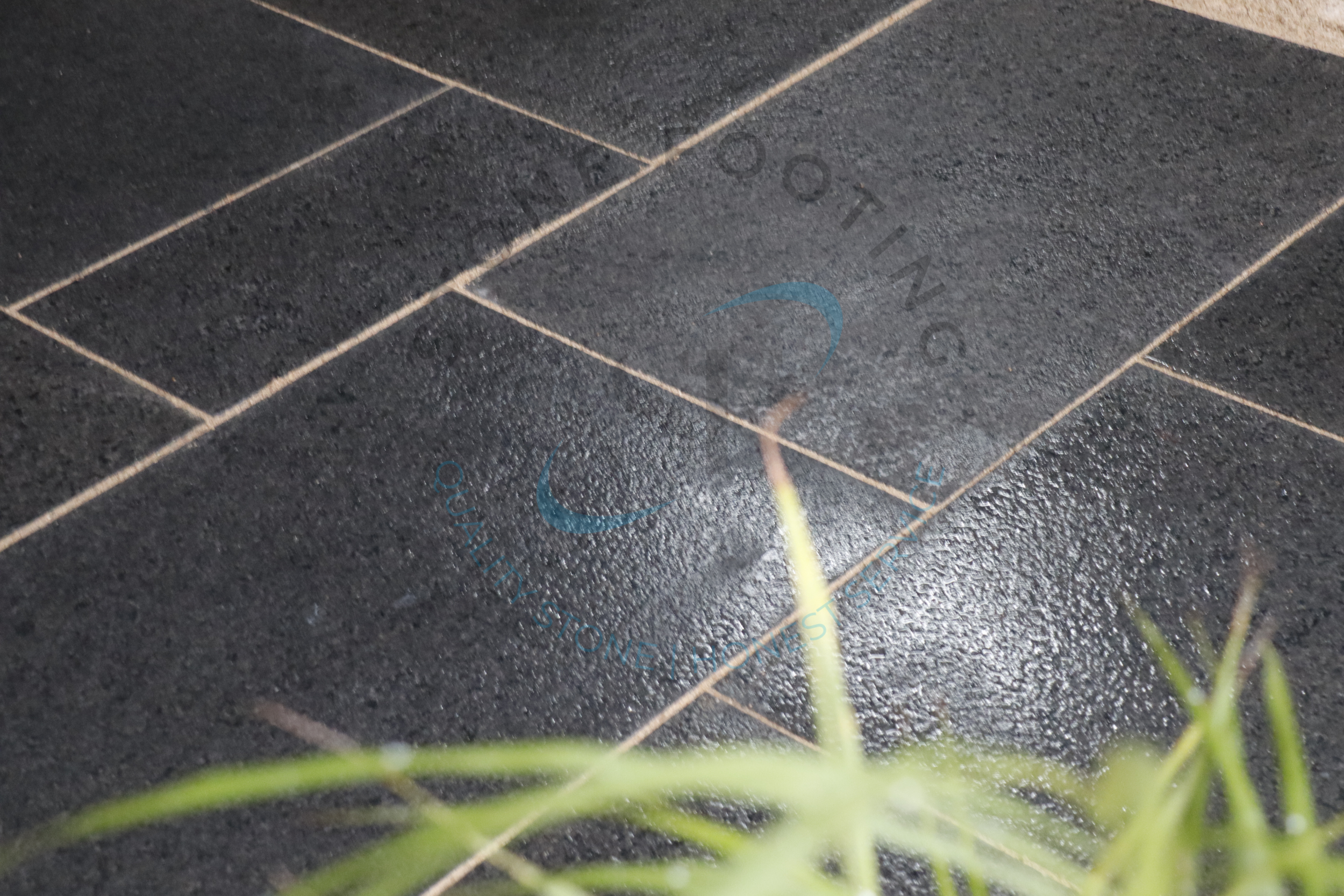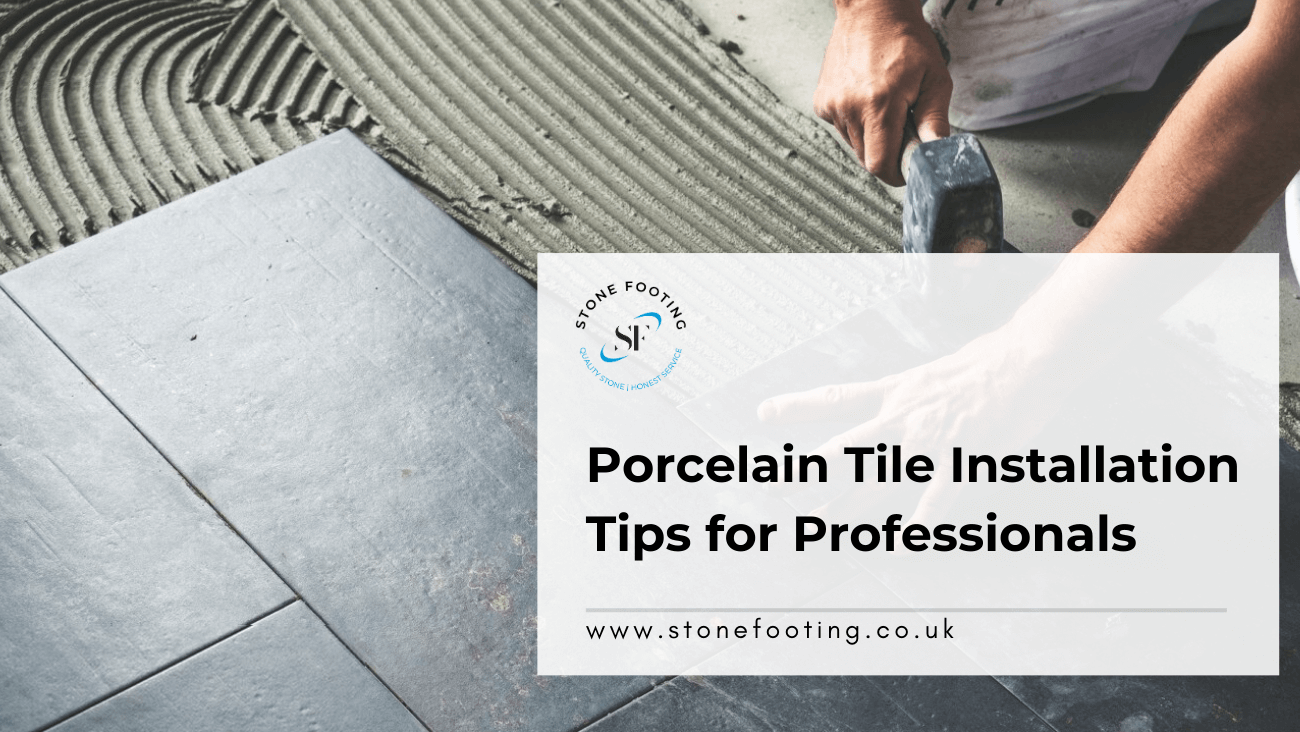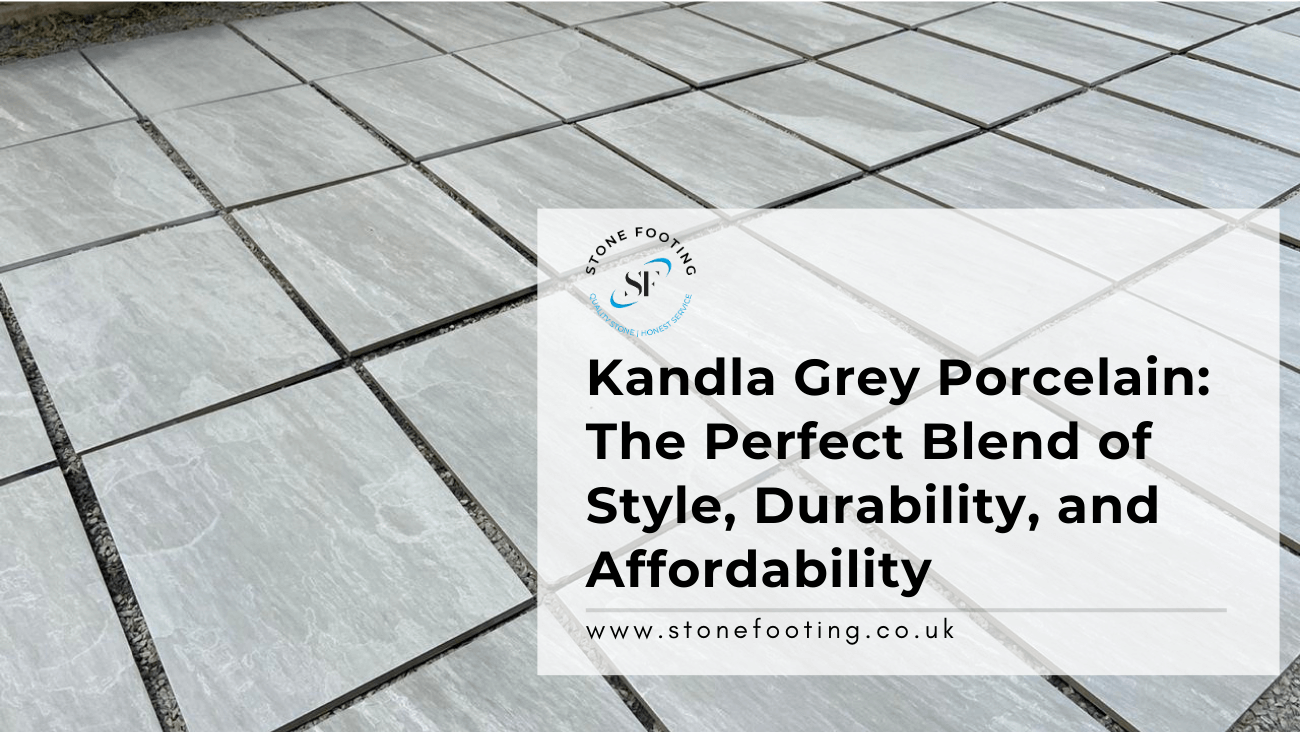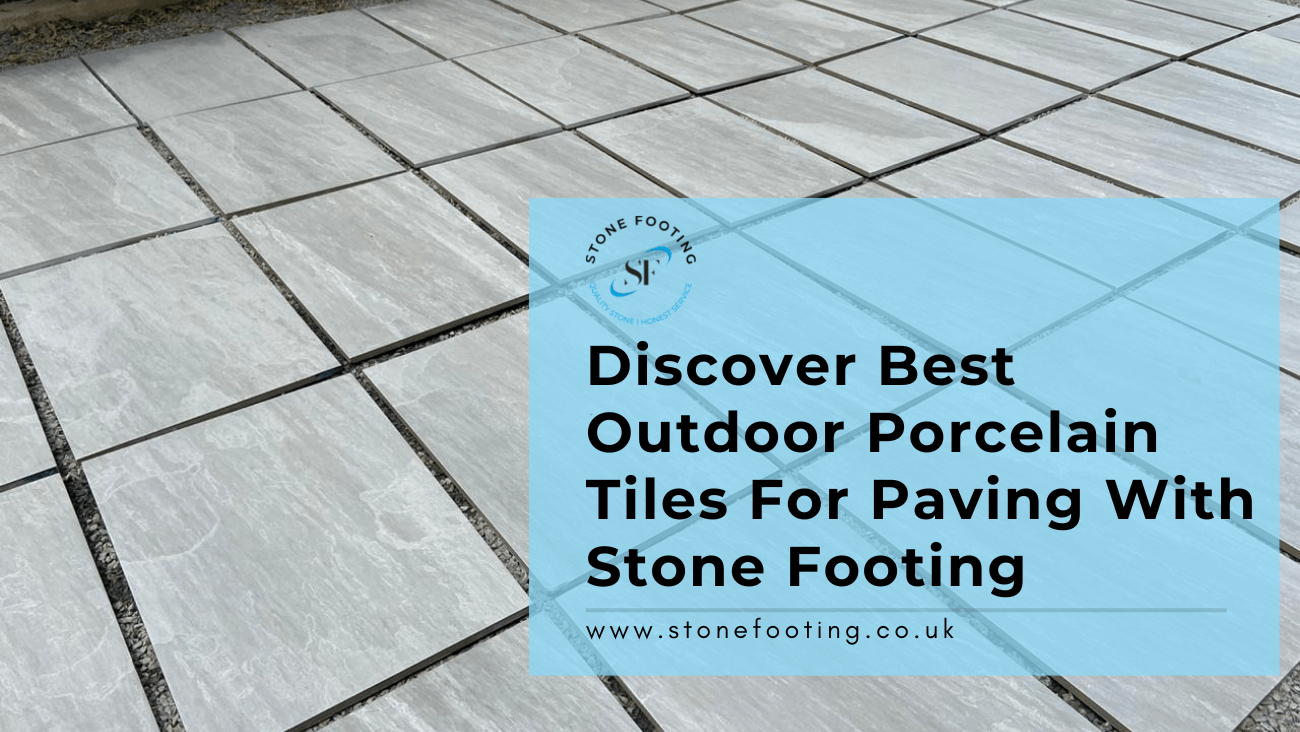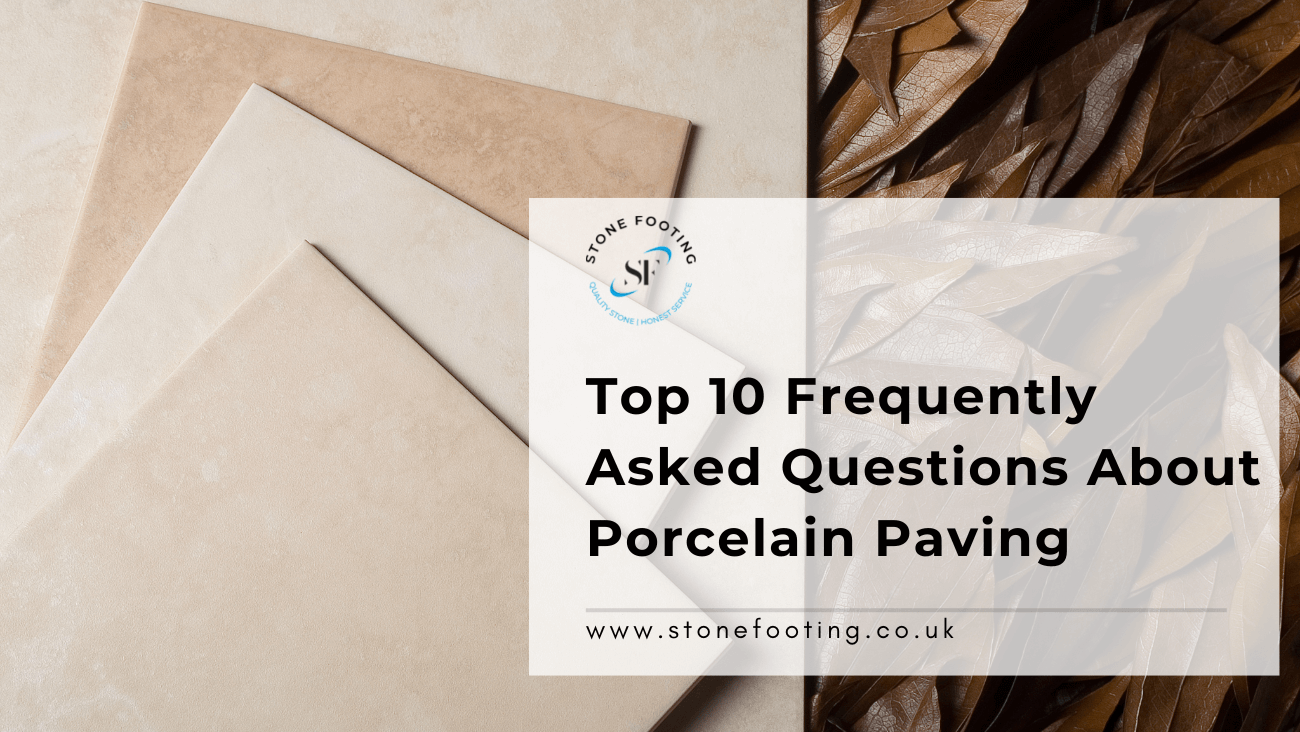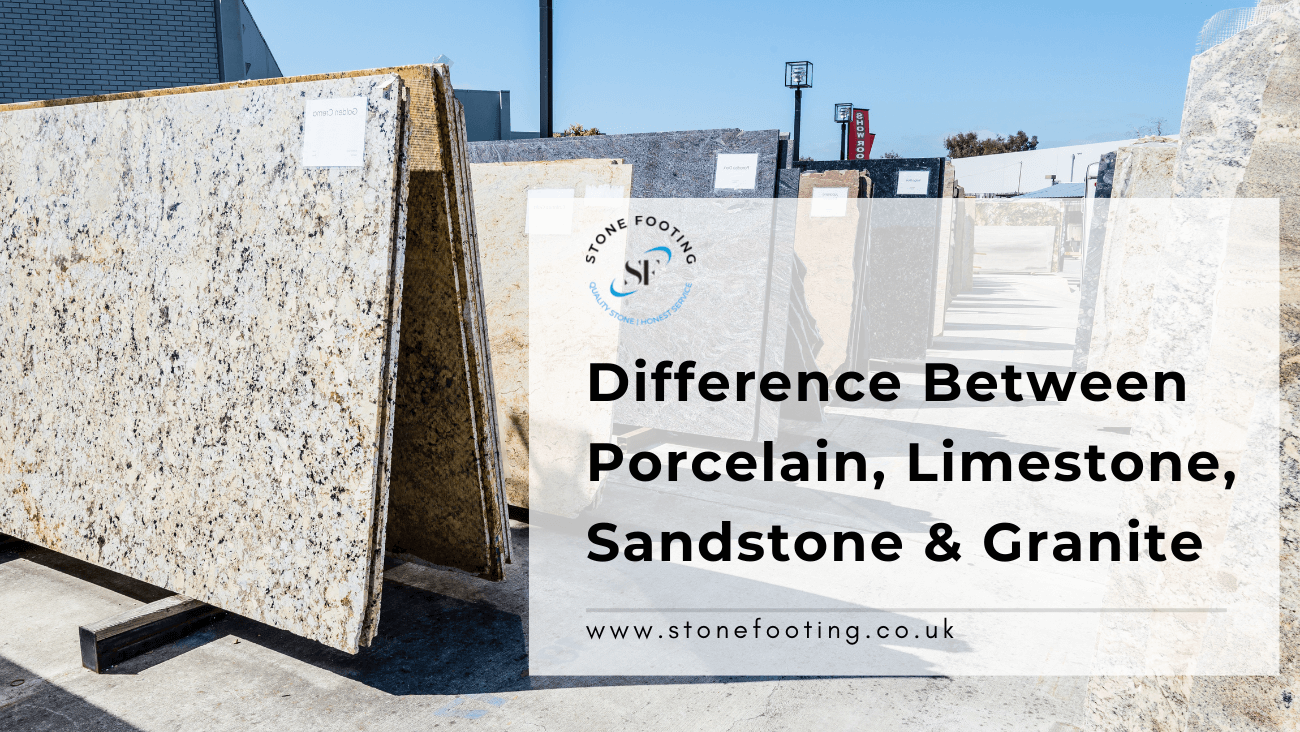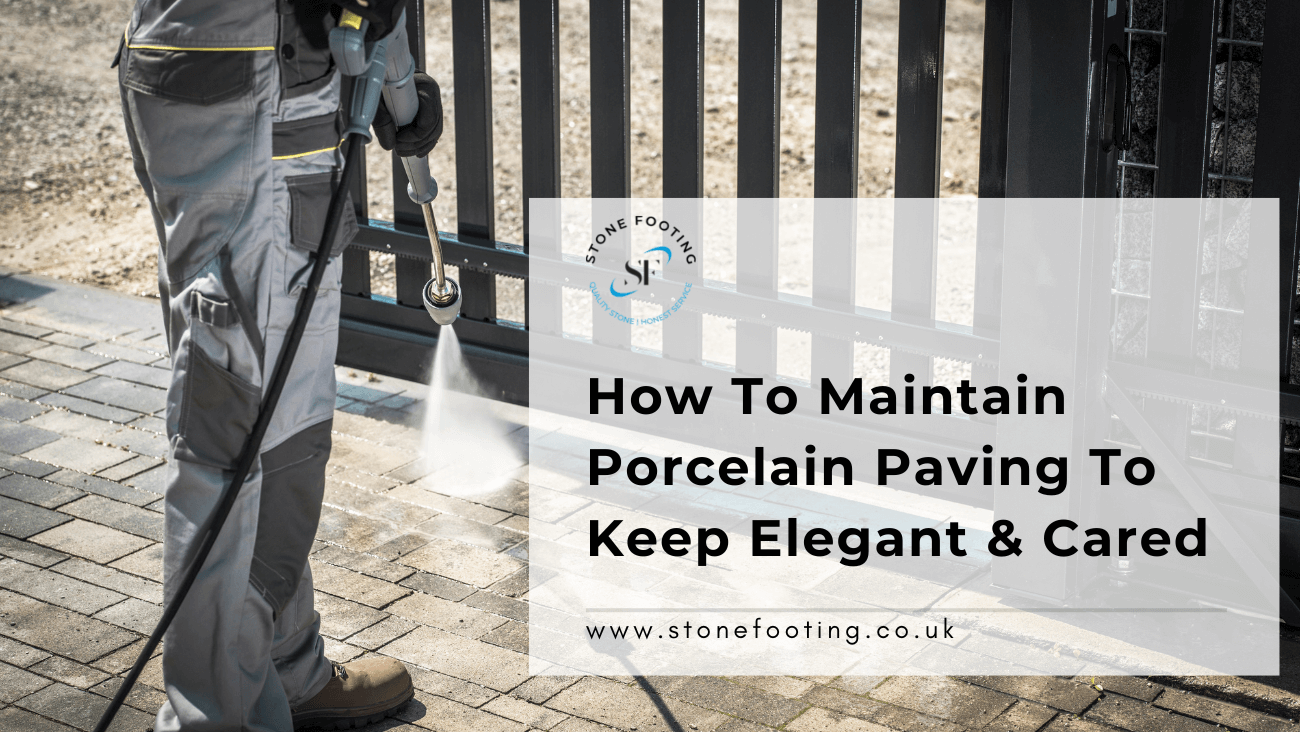Differences Between Indoor and Outdoor Porcelain Tiles?
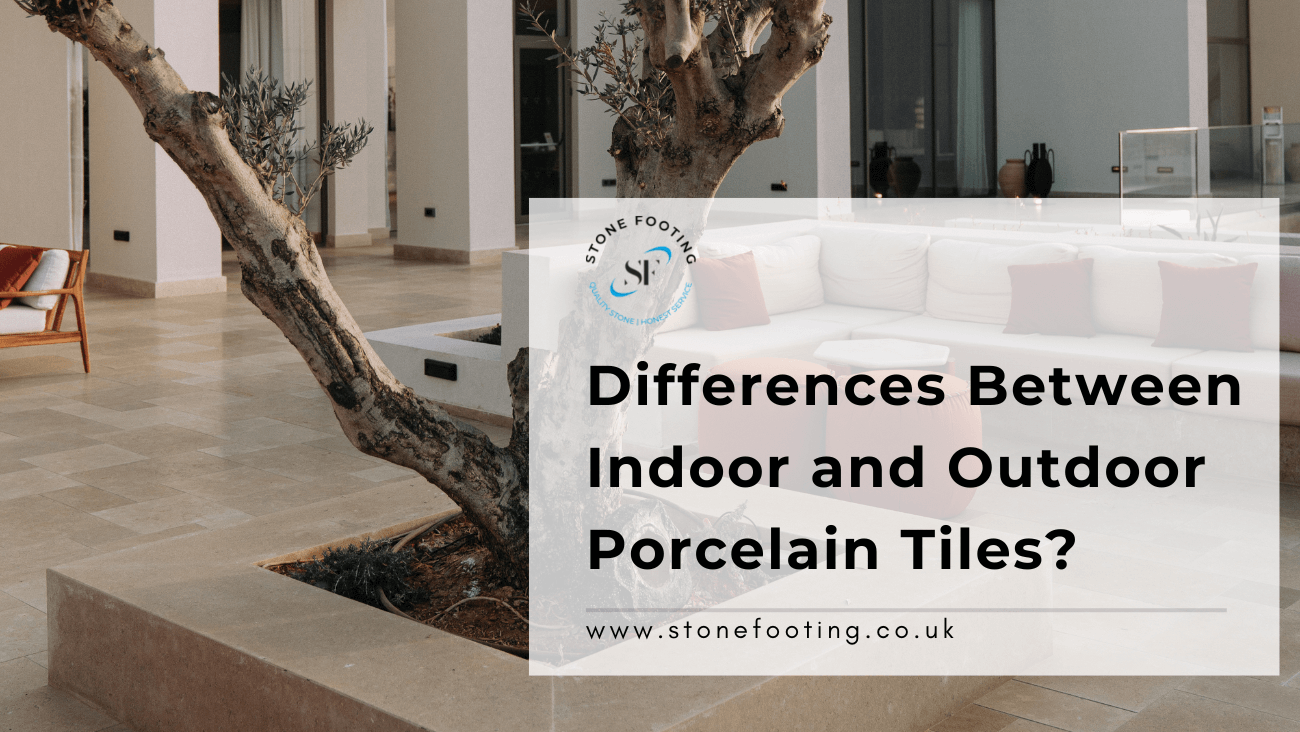
Indoor and outdoor patio tiles are different in a few key ways. Outdoor patio tiles are generally made from more durable and weather-resistant materials, such as porcelain, stone, or concrete, to withstand the elements. They also typically have a non-slip surface to prevent falls in wet conditions. Indoor patio tiles, on the other hand, are usually made from softer materials, such as ceramic or terra cotta, and may not be as durable or slip-resistant. They also typically have a more decorative design and come in a wider variety of colors and patterns.
Key differences between the indoor and outdoor tiles:
Some key differences between indoor and outdoor patio tiles include:
- Material: Outdoor patio tiles are typically made from more durable and weather-resistant materials, such as porcelain, stone, or concrete, while indoor patio tiles are usually made from softer materials, such as ceramic or terra cotta.
- Slip-resistance: Outdoor patio tiles usually have a non-slip surface to prevent falls in wet conditions, while indoor patio tiles may not be as slip-resistant.
- Design: Indoor patio tiles typically have a more decorative design and come in a wider variety of colors and patterns, while outdoor patio tiles may have a more neutral or natural look.
- Thickness: Outdoor patio tiles are often thicker than indoor patio tiles because they need to be more durable to withstand the elements.
- Installation: Outdoor patio tiles need to be installed on a stable and level surface, and may require additional preparation such as a concrete slab or a bed of sand and gravel, whereas indoor patio tiles can be installed directly on top of a concrete or wood subfloor.
Differences Between Indoor and Outdoor Porcelain Tiles?
The main differences between indoor and outdoor porcelain tiles are their durability, slip-resistance, design, rating and installation process.
- Durability: Outdoor porcelain tiles are designed to be more durable and resistant to wear and tear, as well as to weathering, fading, and staining. They are also typically thicker than indoor porcelain tiles.
- Slip-resistance: Outdoor porcelain tiles are often slip-resistant, making them safer for use in wet conditions.
- Design: Indoor porcelain tiles may have a wider variety of colors, patterns, and finishes, whereas outdoor porcelain tiles may have a more natural or neutral look.
- Rating: Outdoor porcelain tiles are rated for PEI (Porcelain Enamel Institute) for their ability to resist wear and tear and are rated for frost resistance, whereas indoor porcelain tiles are not rated for such.
- Installation: Outdoor porcelain tiles need to be installed on a stable and level surface and may require additional preparation such as a concrete slab or a bed of sand and gravel. Indoor porcelain tiles can be installed directly on top of a concrete or wood subfloor.
Can you use indoor porcelain tiles outside?
It is possible to use indoor porcelain tiles outside, but it is not recommended. Indoor porcelain tiles are not designed to withstand the elements, such as rain, snow, and extreme temperatures. They may not be as durable or slip-resistant as outdoor porcelain tiles, and may not have the same resistance to fading, staining, and wear. Additionally, indoor porcelain tiles are not rated for frost resistance like outdoor porcelain tiles.
It is better to use outdoor porcelain tiles for outdoor patio areas, as they are specifically designed to withstand the elements and provide a safe and durable surface.
If you still want to use indoor porcelain tiles outside, it is recommended to use a sealer to protect the tile from moisture and staining, and to re-seal the tile periodically. However, this will not protect the tile from freezing temperatures and frost.
Takeaways
In conclusion, indoor and outdoor tile have some key differences that make them suitable for different purposes. Indoor tile is typically made from softer materials and is designed for decorative purposes. It is not as durable or slip-resistant as outdoor tile and is not rated for frost resistance. On the other hand, outdoor tile is designed to withstand the elements and provide a safe and durable surface. It is made from more durable and weather-resistant materials, and often has a non-slip surface. Outdoor tile is also rated for frost resistance and PEI (Porcelain Enamel Institute) for its ability to resist wear and tear. It is important to select the right tile for the intended use, whether it’s for indoor or outdoor use, to ensure that the tile will perform well and last for a long time.
At Stone Footing, the leading wholesaler of Porcelain paving stone in the UK, we provide our customers personalized choices based on thicknesses, shape, and appearance. In fact, various tests are done prior to final shipping, so that our clients do not have to worry about transportation or reliability difficulties. if you’re hunting for high-quality natural stone or Porcelain for residential or commercial applications, look no further. Connect with Stone Footing, a natural stone wholesaler recognised for providing high-quality natural stones.

